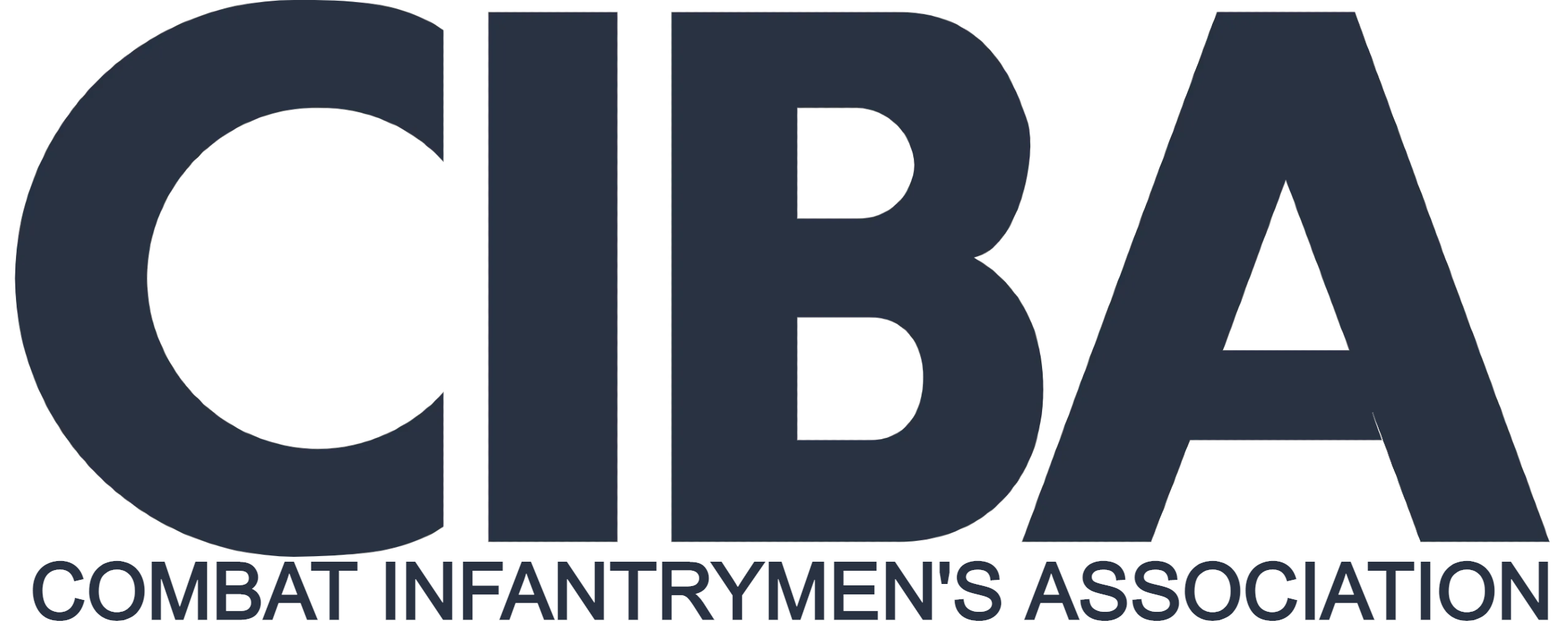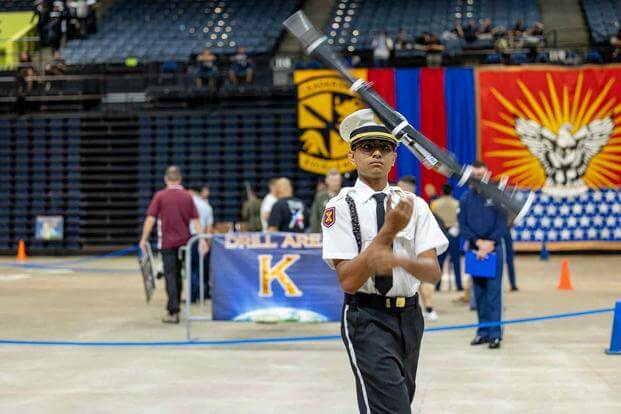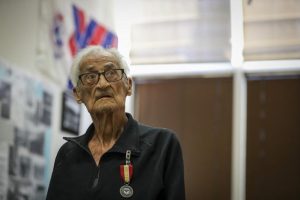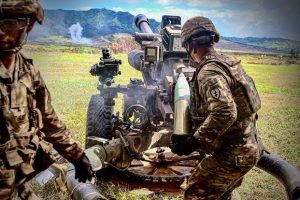Army planners are hoping a new law dramatically expanding who can teach high school students in the Junior Reserve Officers’ Training Corps, or JROTC, can dig the program out of a significant instructor shortage.
The program has hundreds of vacancies, but Congress has set a new policy reducing the number of years of service needed by instructors — from 20 years down to eight. The Army, which has the largest JROTC footprint, slightly tweaked that threshold up to 10 years of service and requires at least a rank of staff sergeant, captain or warrant officer 1. But six months after that law was passed, JROTC is still struggling to fill key instructor vacancies.
Under the previous requirement, instructors generally had to be 20-year retirees. That meant much of the instructor recruiting pool was part of an older demographic, often those who enjoy generous retirements and were perhaps less inclined to have full-time jobs.
Read Next: Coasties, Marines and Sailors Awarded for Seizing Millions of Pounds of Explosive Materials in Middle East
“We’ve been working this for a while; it’s all part of modernizing JROTC,” Col. Ken Jones, the director of Army JROTC, told Military.com. “This opens up the pool of potential instructors.”
The move also opens up opportunities for currently serving Guardsmen and reserve troops. Jones said both components could be a key source for new instructors because the part-time services are commonly stacked with noncommissioned officers who have college educations and legitimate military experience.
Each service has a JROTC in relative size to the active-duty branch — with the Army’s JROTC program making up the lion’s share.
The Army has some 1,734 JROTC programs in high schools across the country, each with a handful of instructors. Of that, there are some 500 instructor vacancies. The service is also in the midst of expanding to additional schools within the next year.
Those vacancies can make it difficult to expand in some parts of the country, particularly in low-income areas where JROTC can be a lifeline for struggling students.
Instructors must also have at least an associate degree and not have been away from the service longer than five years.
On top of that, the pay scale for instructors has been retooled so that pensions are not considered. Instead, pay takes into account location and education, among other factors — meaning, in some cases, instructors could make more than in previous years.
The move comes amid a historic recruiting slump for the services, including the Army. While officials are swift to say JROTC isn’t a recruiting tool, one-quarter of students in the program end up enlisting or commissioning.
The Army has some 275,000 cadets at any given time. Beyond the unofficial recruiting pipeline, some officials have pointed to JROTC’s significance in communities as the military’s overall public presence has become less visible after the post-9/11 wars.
Related: Military Focusing on JROTC Programs as Chances to Paint Picture of Service to Gen Z Dwindle
Story Continues
Please rate this CIBA article
Vote






